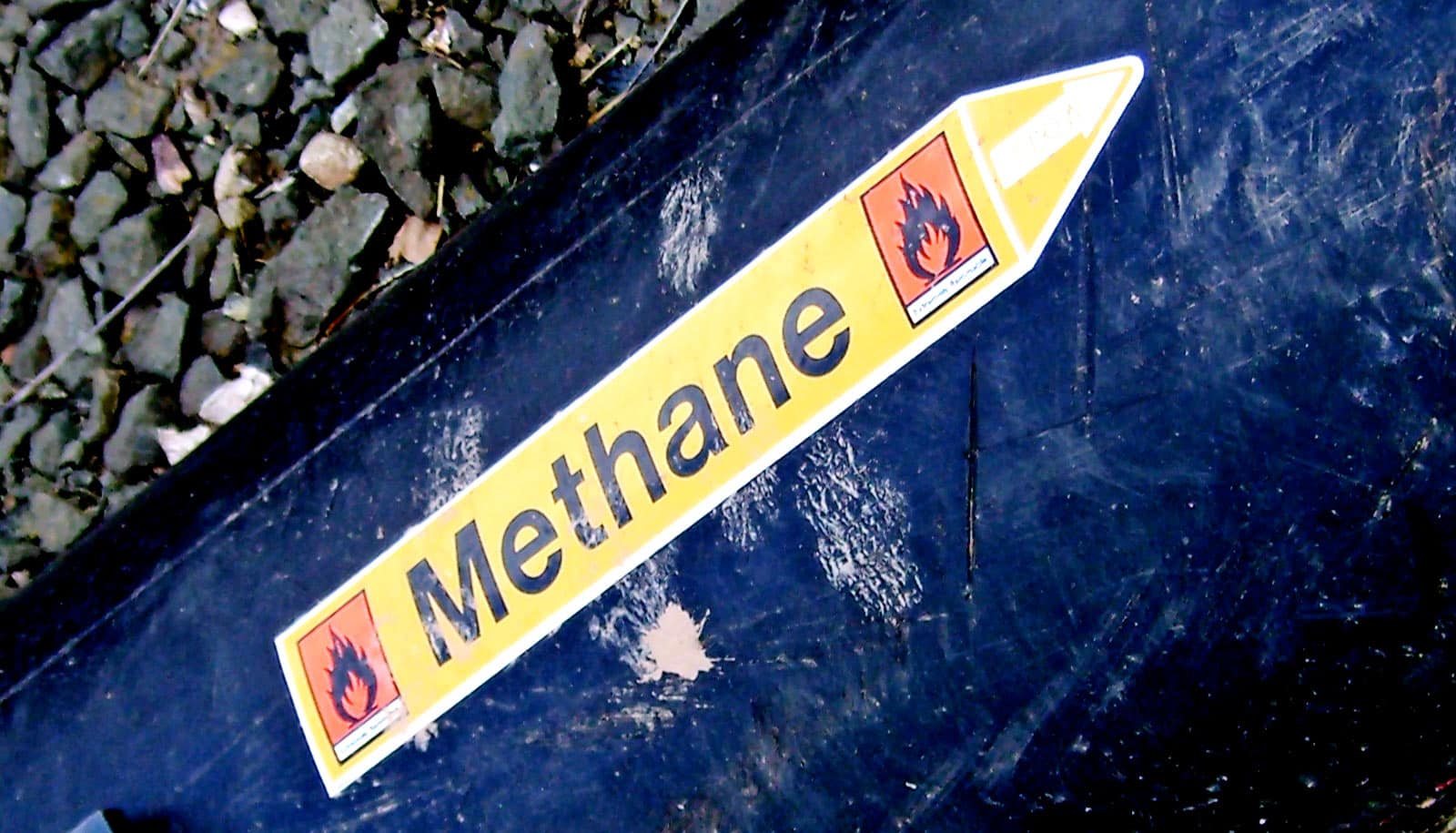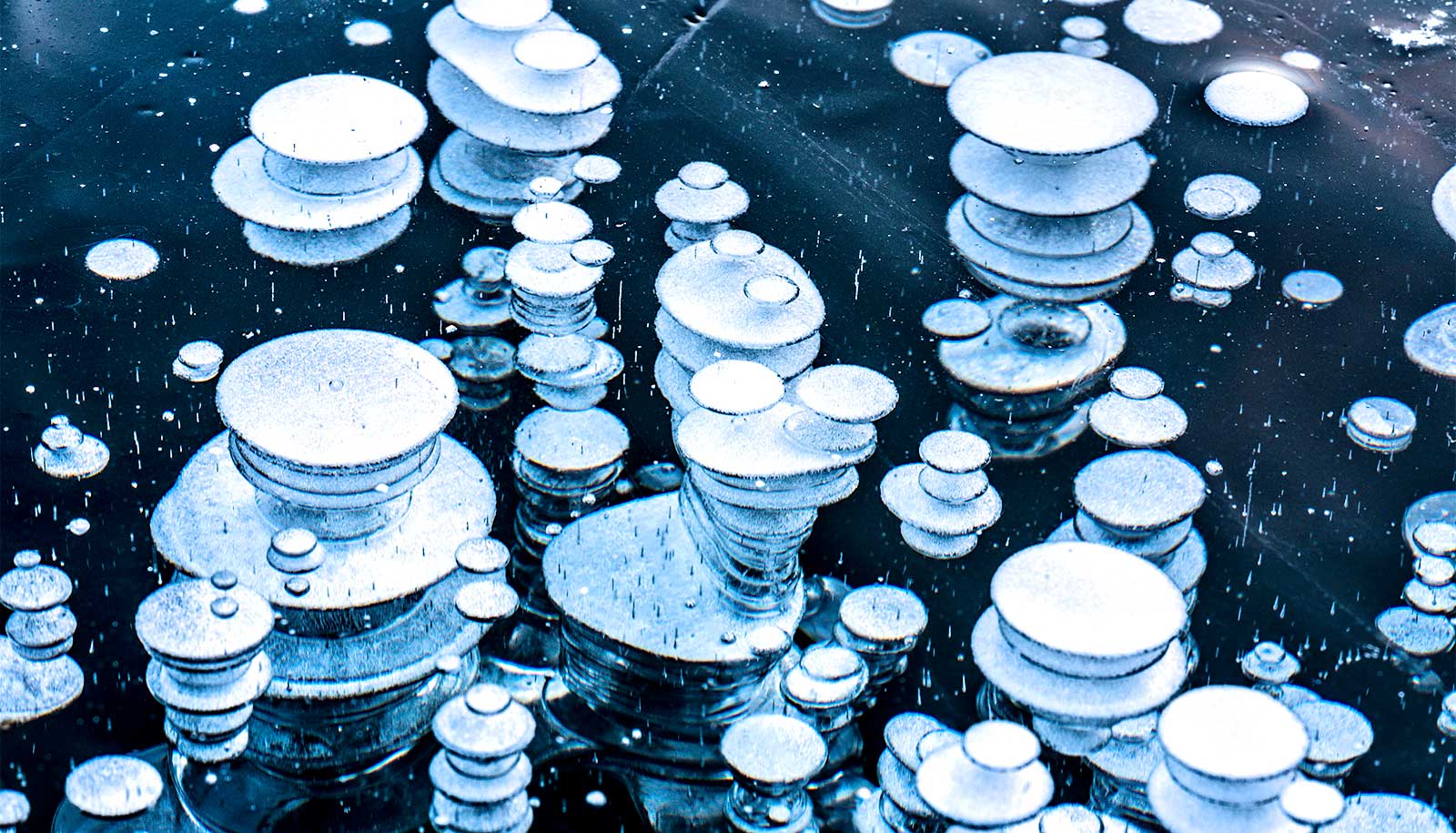Dust from the Sahara Desert helps remove methane from the atmosphere, a new study shows.
Methane is a potent greenhouse gas, potentially accounting for up to one-third of global warming, some scientists estimate.
As reported in PNAS, when mineral dust mixes with sea-spray to form Mineral-Dust-Sea Spray Aerosol (MDSA), sunlight activates this MDSA to produce an abundance of chlorine atoms ultimately mitigating methane totals.
The findings may have far-reaching implications for understanding global methane totals and the reasons behind its accelerating increase in the atmosphere.
Coauthor John E. Mak, professor in the School of Marine and Atmospheric Sciences at Stony Brook University, and colleagues used a combination of global modeling and field and laboratory observations in their work.
Observations of atmospheric carbon monoxide and its stable isotopes (13CO) Mak’s research group made 20 years prior and published in the Journal of Geophysical Research in 2003 were central to the new research.
In that paper, the authors hypothesized the observed seasonal changes in the abundance of 13C in atmospheric carbon monoxide (13CO) were evidence of chlorine atoms reacting with methane; however, the known sources of atmospheric chlorine could not account for the degree of depletion of observed 13CO, until this latest research.
“At the time we did not have the knowledge or skill to pursue that hypothesis, but this international research group has followed up with more recent ideas,” Mak says. “This is an example of how quality observations and measurements can be useful in the future in unanticipated ways.”
In the new study, researchers conclude that MDSA is the dominant source of atmospheric chlorine over the North Atlantic.
By using a global 3D chemistry-climate model, the research team found that when increased chlorine from the MDSA mechanism was incorporated into the model, the results matched the Barbados data and explained the carbon monoxide depletion.
“We demonstrate a mechanism in which a mix of Sahara dust and sea spray aerosol activated by sunlight produces large amounts of active chlorine,” the authors write.
“This mechanism resolves a number of unexplained observations and significantly revises our understanding of atmospheric chlorine, reducing uncertainties in the source budget,” they continue.
“If the MDSA effect observed in the North Atlantic is extrapolated globally, and if its efficiency is similar in other parts of the world—two areas that aren’t yet well understood and require further research—global atmospheric chlorine concentrations might be roughly 40% higher than previously estimated, the study finds.”
“Factoring this into global methane modeling could potentially shift our understanding of the relative proportions of methane emissions sources,” the authors conclude.
Source: Stony Brook University



